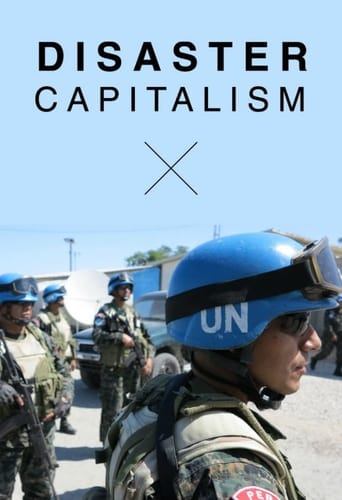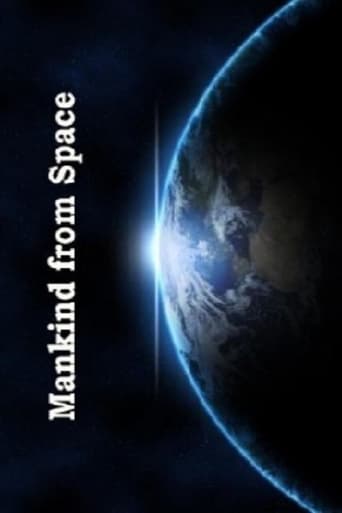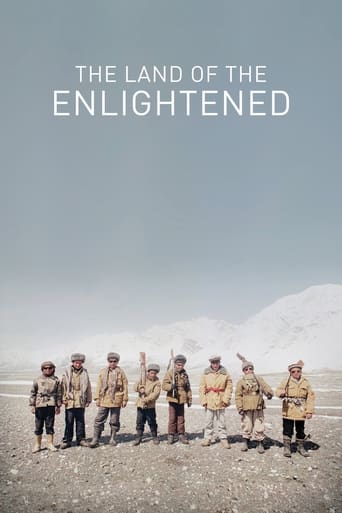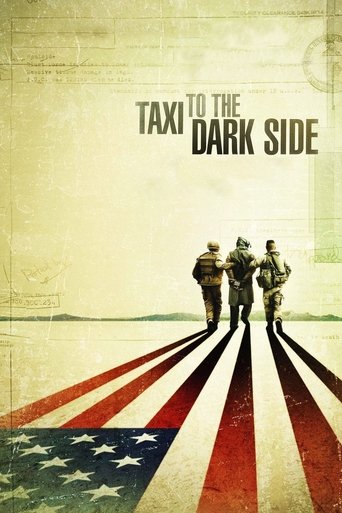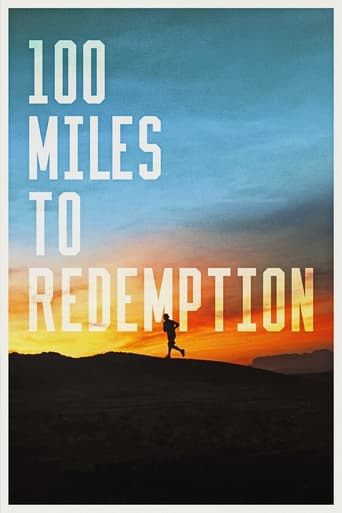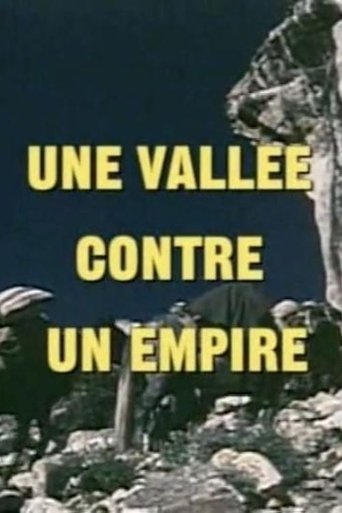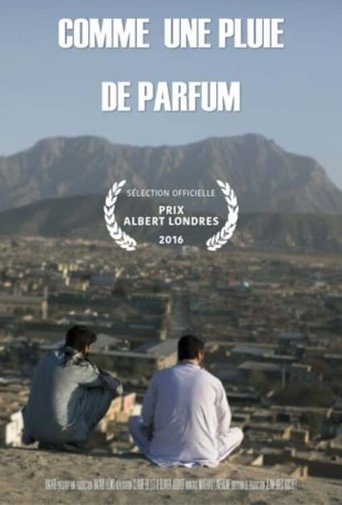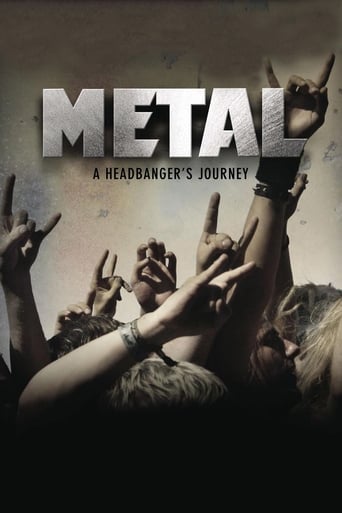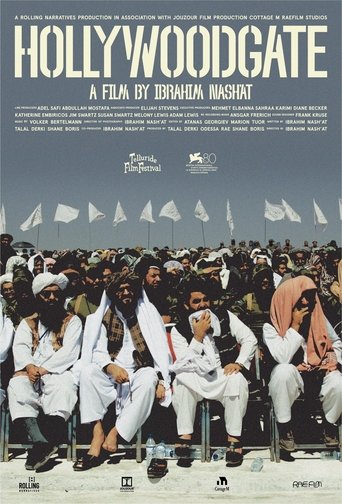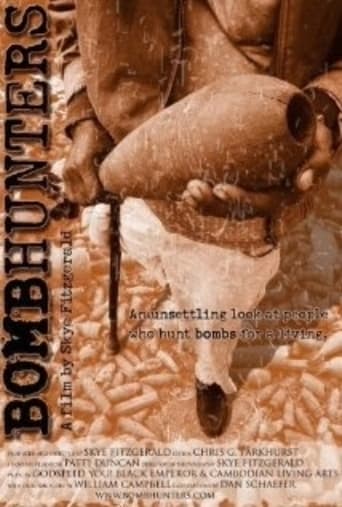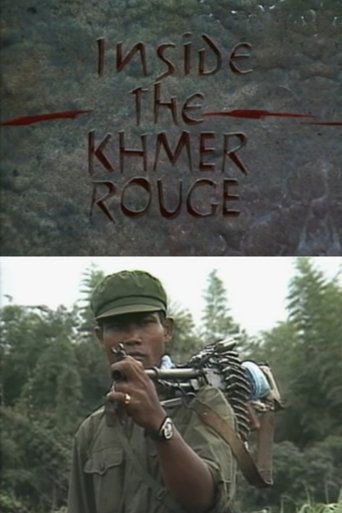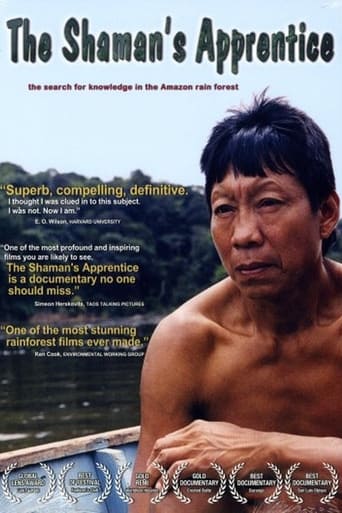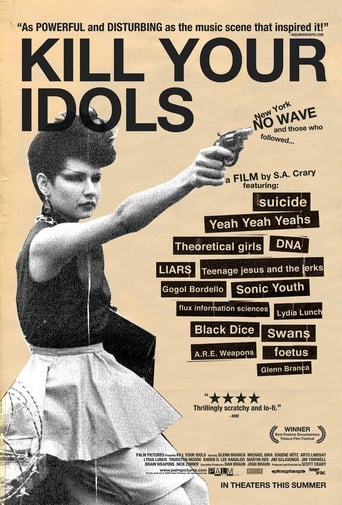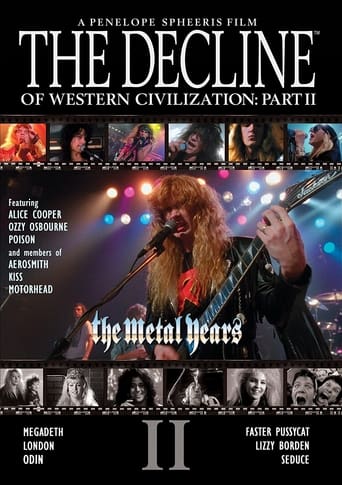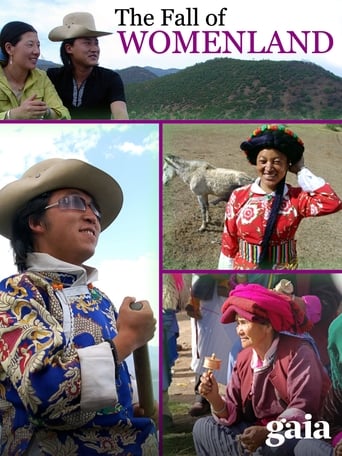
08 Feb 2013

The Fall of Womenland
The Fall of Womenland is a fascinating documentary on the unique sexual culture of the Mosuo people — a small minority situated in the southwest of China — and one of the last remaining matriarchal societies in the world. Without a formal marriage contract, the Mosuo traditionally build relationships based on free love and sexual satisfaction (‘walking marriages'). But can the sexual liberty and power of the Mosuo women survive as modern Chinese society slowly encroaches their ancestral land? The film explores the present reality for the Mosuo people as well as the dangers that threaten their inherited way of life.
